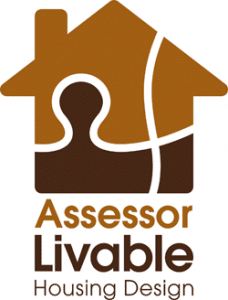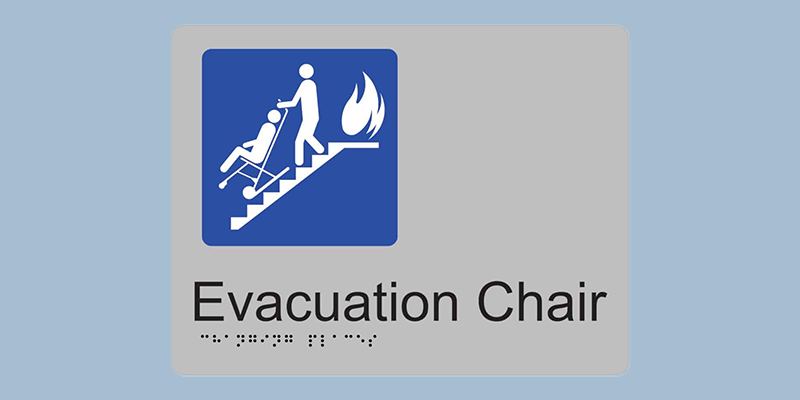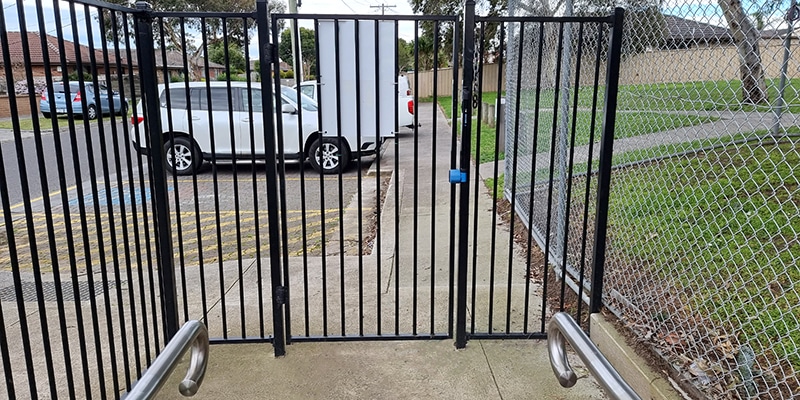
Registration Number: 10002
Alison Shiels
Registration Number: 20051
Mark Krause
Registration Number: 20039
The idea of designing your home to meet the changing needs of your family over time is well worth thinking about. In Australia, family homes are greener, safer and more efficient than ever, but we don’t often design our homes with versatility and accessibility in mind. Livable housing makes sense on so many levels. It’s far more cost effective to design your new home with ‘livability’ features than to renovate and try to adapt it when life’s circumstances change.
According to Livable Housing Australia (LHA) – a national organisation that is promoting the concept of livable housing in Australia – international research shows that it’s 22 times more efficient to design for adaptability up front. The concept of livable housing is not only relevant to people who are elderly or have a disability; it’s also beneficial for pregnant mums, families with young children and people with mild or temporary disabilities, such as vision impairment or sporting injuries.
Another benefit of creating more livable homes is a significant reduction in public health costs due to fewer injuries – 62 per cent of all falls and slip-based injuries happen in the family home. Picture a house with steps to the entrance, stairs inside, narrow hallways and small bathrooms. Now picture a house with a sloping path that leads directly to the front door, wide hallways and doorways, and extra space to move around in the kitchen and bathrooms.
These features make a house safer and more comfortable to live in, plus they can be more easily adapted if the need arises. You may think that these sorts of design features are cost prohibitive, but according to the Master Builders and Housing Industry Association (HIA) estimates, a compulsory proposal would add $3636 to $4700 to the cost of a new house (in 2009 prices), which only represents around one per cent of a $300,000 build. And the benefits far outweigh the costs in the long-term.
The federal government is encouraging Australians to stay in their homes longer, but when a home becomes unsuitable due to problems related to ageing, it can be a costly, disruptive and difficult exercise to make the changes required. But it seems that we don’t want to plan too far in advance. We would rather not think about our senior years before we have to, and we don’t want to think about the possibility of acquiring a disability either. While the federal government has introduced voluntary guidelines for livable housing, the state governments are yet to follow.
With a significant ageing baby boomer demographic, and close to four million Australians with a disability, this is a looming problem that is not going to disappear any time soon.
LHA has produced practical, common sense guidelines to livability. The guidelines outline inexpensive design features that make a home easier and safer to live in. The elements in the LHA Guidelines apply to mainstream housing, including class 1, 1a, 1b, 2 and 4 buildings as specified in the National Construction Code (NCC).
There are three voluntary performance levels: Silver, Gold and Platinum. The Silver level requires seven core elements to be incorporated in the house design;
It’s clear that there needs to be better education and promotion about livable housing directed to agents, builders and home owners. LHA’s goal is to persuade the market to incorporate Silver level livability features in all homes by 2020. Livable Housing Australia: livablehousingaustralia.org.au

We are often asked to assess signage against the requirements of the Disability Access to Premise...
read more
For public transport operators, accessibility and ease of use are essential to design considerations across...
read more
If you’re a parent of young children in a kinder, preschool or childcare centre or visit a maternal child health centre (MCHC), you’ll...
read moreKeep up with Disability Access Legislation using our free e-newsletter. Save yourself the headache of complaints and expensive last-minute upgrades. Sign up here!